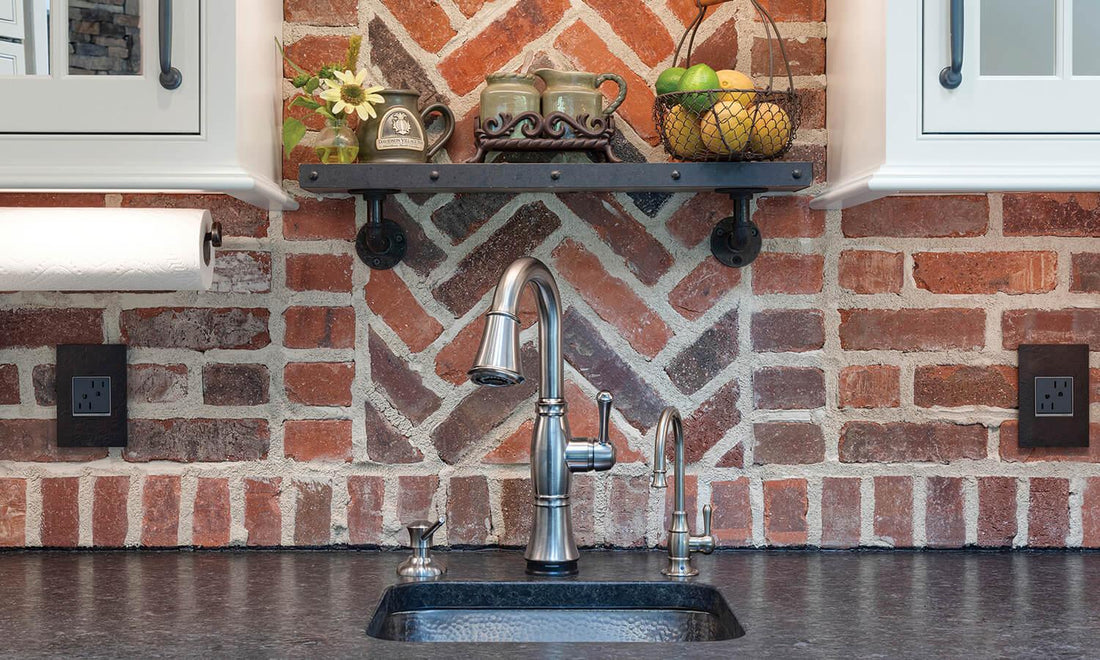Understanding Thin Brick Sealing
Thin brick, a popular choice for interior and exterior design projects, offers the charm of traditional brick without the weight and cost. One common question that arises is whether thin brick needs to be sealed. Let's explore the factors to consider when deciding whether to seal thin brick.
Benefits of Sealing Thin Brick
- Protection: Sealing thin brick can provide a protective barrier against stains, moisture, and dirt, helping to extend its lifespan.
- Enhanced Appearance: Sealing can enhance the color and texture of thin brick, bringing out its natural beauty.
- Easier Maintenance: Sealed thin brick is often easier to clean and maintain, making it a practical choice for high-traffic areas.
Considerations Before Sealing
Before deciding to seal thin brick, consider the following:
- Porosity: Thin brick is porous by nature, so sealing can help reduce water absorption and prevent damage in wet environments.
- Traffic: The amount of foot traffic or exposure to elements can impact the need for sealing. High-traffic areas may benefit from a sealed surface.
- Design Preference: Some individuals prefer the natural, unsealed look of thin brick, embracing the patina that develops over time.
How to Seal Thin Brick
If you choose to seal your thin brick, follow these steps:
- Clean the Surface: Ensure the thin brick surface is clean and free of debris before applying the sealer.
- Choose the Right Sealer: Select a quality sealer suitable for thin brick surfaces. Consider factors like breathability and longevity.
- Apply the Sealer: Follow the manufacturer's instructions for application, ensuring even coverage.
- Allow for Drying: Let the sealer dry completely before exposing the thin brick to foot traffic or moisture.
By understanding the benefits, considerations, and proper sealing process, you can make an informed decision on whether to seal your thin brick surfaces.

